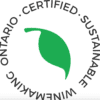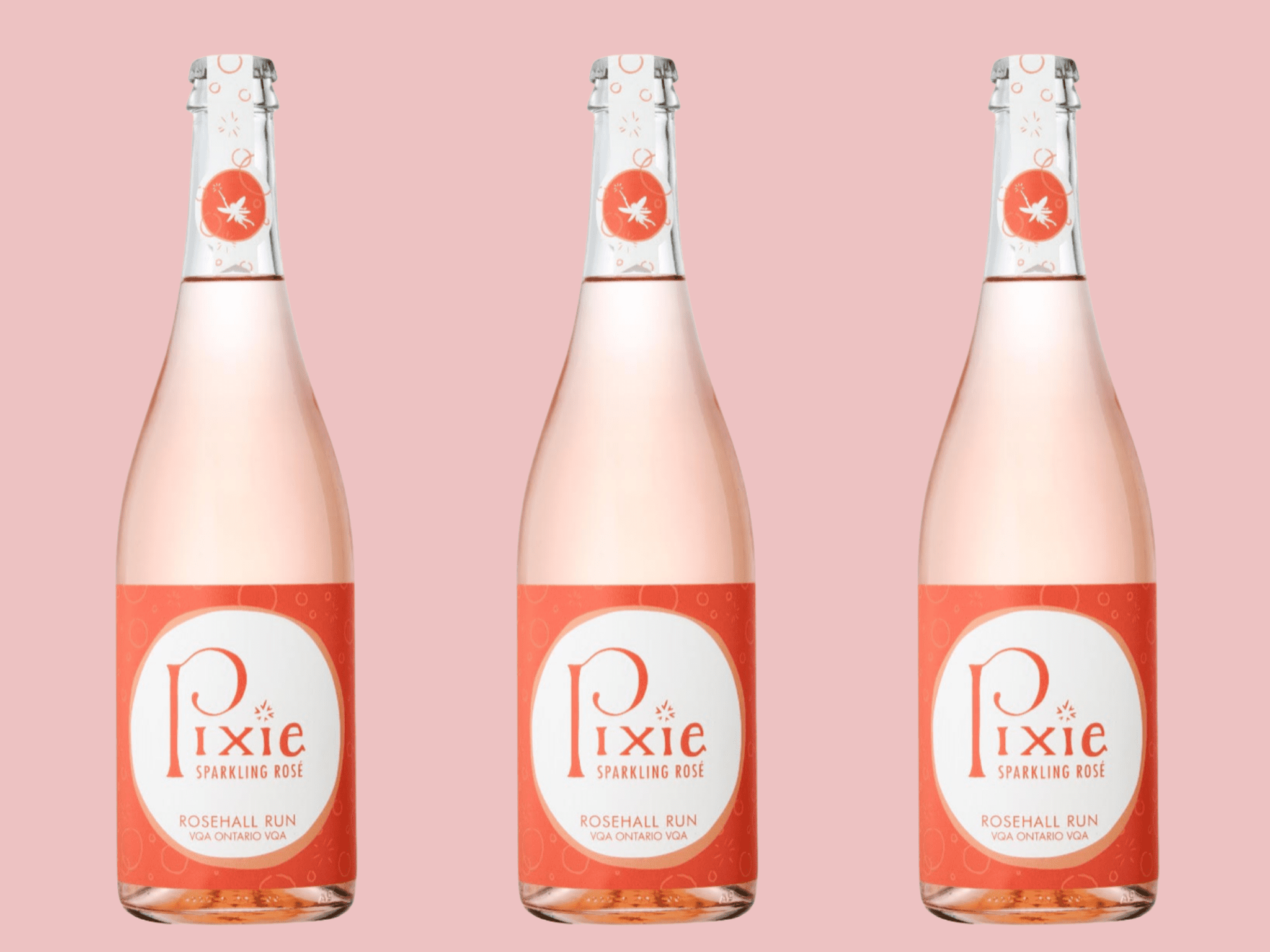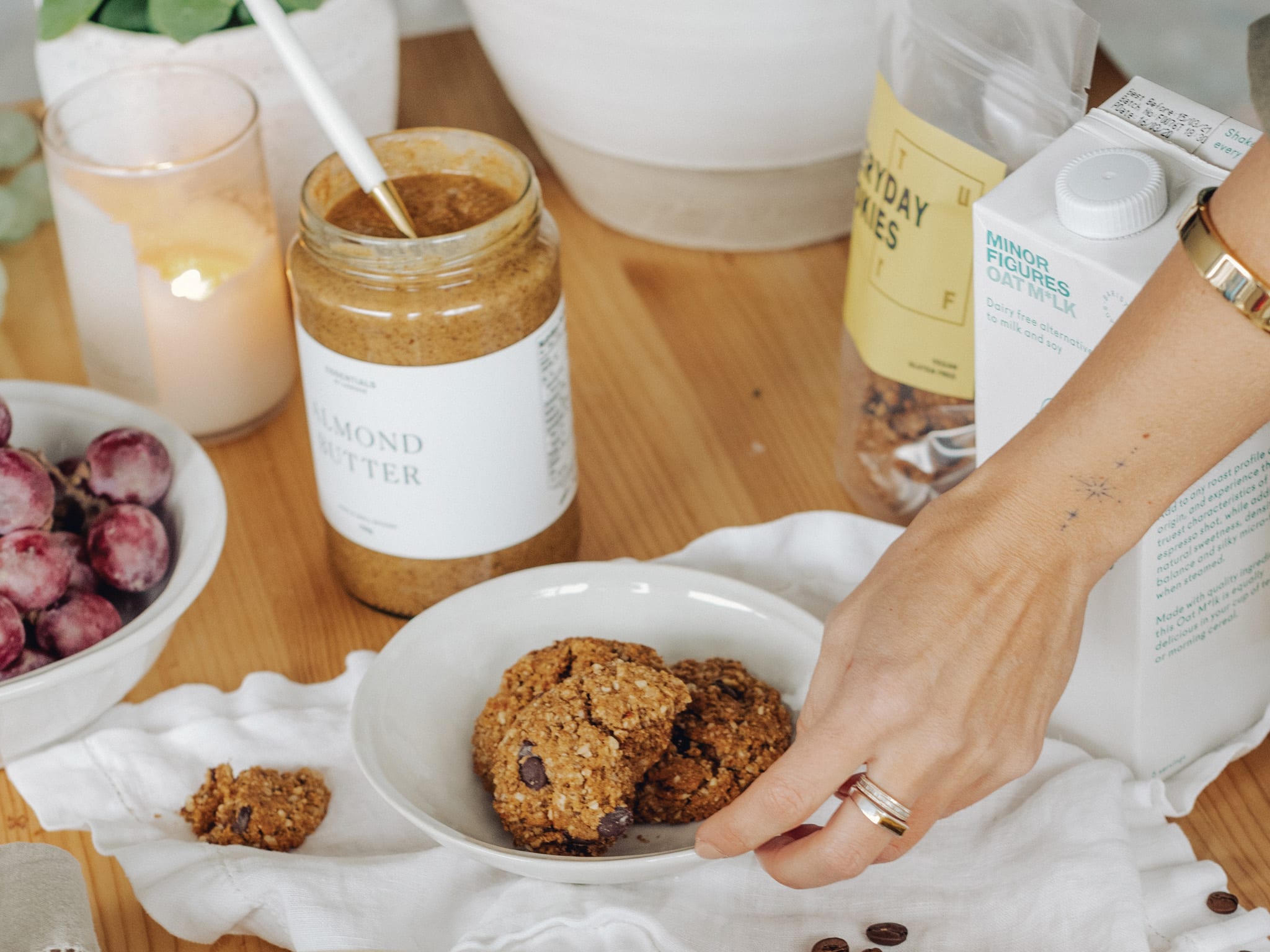Some 40-odd years into this — the premium — chapter of Ontario’s wine-making journey and the Niagara Peninsula’s 10 sub-appellations are getting some serious scrutiny by astute winemakers. They are zeroing in on plots that make exceptional wines. Let the vineyard speak and get the heck out of the way — like a monk in 13th-century Burgundy but with better cellar hygiene. Many top producers agree it’s time to update (read: break up) the broader regions. Meantime the best winemakers are adding vineyard and grower credits to their labels — it’s the least they can do to help define Ontario’s future “grand crus.” —DICK SNYDER
The most-talked-about vineyard in Niagara this year is Grimsby Hillside, sandwiched on a 2.4-kilometer-wide strip between Lake Ontario and the Niagara Escarpment. Though this is the very broad Lincoln Lakeshore appellation, the Chardonnay Ilya Senchuk makes from this plot, just 800 meters from his estate vineyard, is an entirely different beast. Grimsby Chardonnay 2019 is linear, with juicy acidity and citrus, while Senchuk’s is supple, with honey-apple and clover. Both are extremely fine.
Kelly Mason already makes outstanding wine for Domaine Queylus, Honsberger, and The Farm. Ten years ago, she bought a tiny vineyard near Twenty Mile Bench, with an eye to producing single-vineyard Pinot Noir, Chardonnay, and Cabernet Franc. This year, she launched Mason Vineyard and will soon release tiny quantities of what will be very-sought- after wines. Get on her mailing list.
Thomas Bachelder’s Burgundy roots show every fall with the annual release of his terroir-driven vineyard series. His obsession with micro plots and vineyard expression is inspiring, as anyone who’s tasted with him knows. His latest release offers 16 single-vineyard wines from the 2019 vintage, including legendary sites like Wismer, Bai Xu, and Foxcroft. He also makes wine from Grimsby Hillside. A side-by-side tasting with Leaning Post is a must.
Though there’s just the one Prince Edward County appellation, the wines produced on the rocky-sandy soil of the town of Rosehall sing a particularly convincing song. Dan Sullivan has helped define the style with elegant, vivacious minerally and joyful wines made from estate-grown Pinot Noir, Chardonnay, and Cabernet Franc. His JCR Rosehall Vineyard Chardonnay 2019 is a powerhouse of ripe apple and tropical fruit, with refined elegance, juicy acidity, and savoury and wet-stone notes. Reminds us of some- thing from overseas.
Fighting the good fight for the oft-maligned Baco Noir, the Speck brothers — who shovel-planted their original homestead vineyard in the 1980s — make a special single-block Baco called “The Lost Boys.” Because Baco is a non-VQA-recognized variety, a vineyard name can’t appear on the label. This outstanding old-vines Baco is concentrated, muscular and juicy, with fresh acidity and silky ripe tannins. No wonder the Specks call Baco “the King.”

While the term “sustainable” can carry a lot of meanings, for winemakers and wine lovers alike, it boils down to one thing. Am I doing more good than bad by making or buying this wine — not just pertaining to the environment, but also to everyone who works with that wine or winery, including staff, suppliers, and the community at large? Ontario wine lovers are now seeing the green leaf logo and a sustainable commitment to wines from 13 wineries, an indication of practices that meet sustainable criteria covering the environment, economy, and community. For Flat Rock Cellars in Niagara, sustainability means processing its own waste water on-site and, among other initiatives, donating more than 120,000 meals through Feed Ontario. Some Ontario wineries — such as Malivoire, Southbrook, and Stratus — were deeply committed to sustainability from inception, moving to reduce or eliminate their carbon footprints and opting for natural viticulture practices. Click here for a list of participating wineries. —Staff







